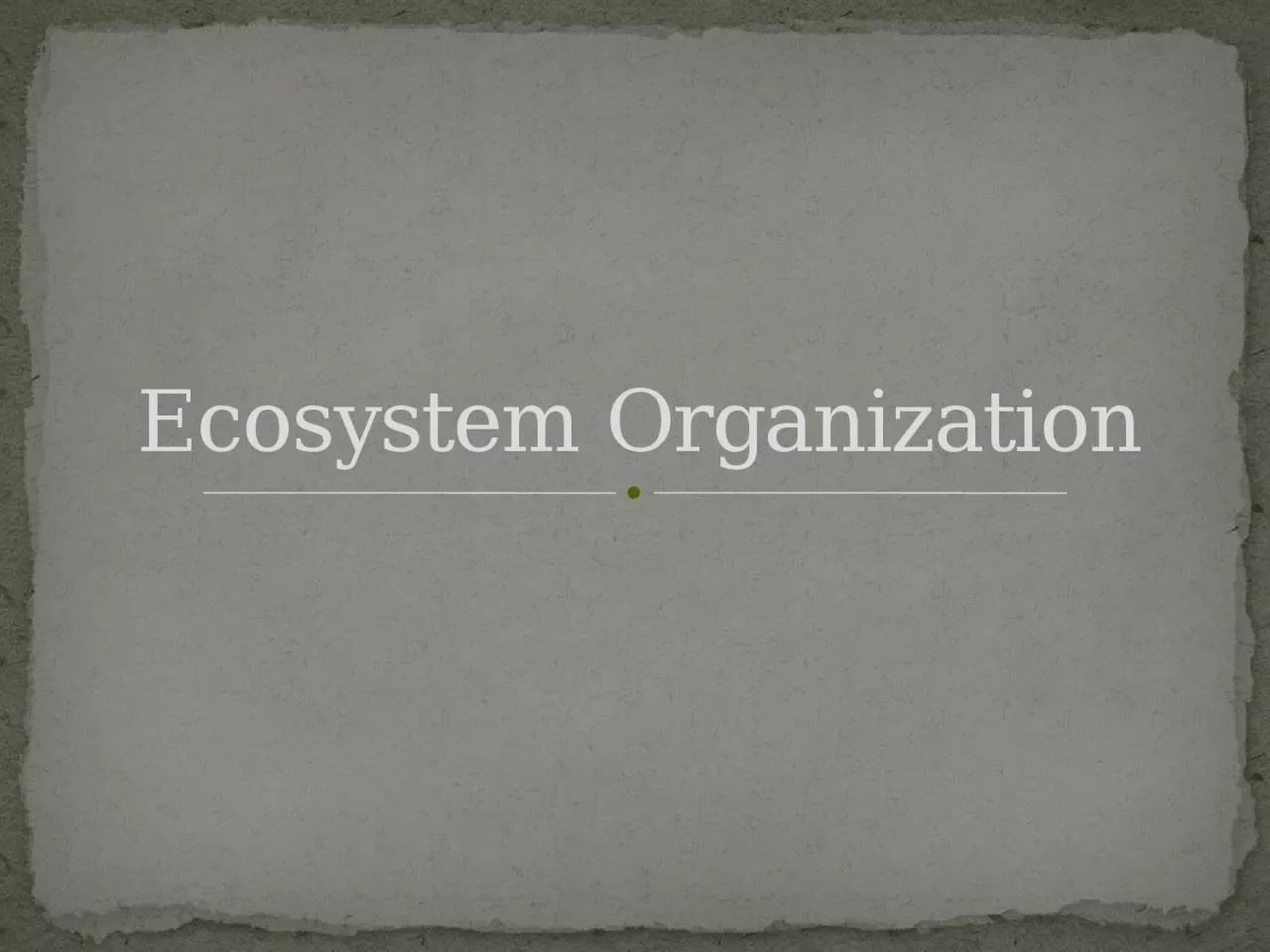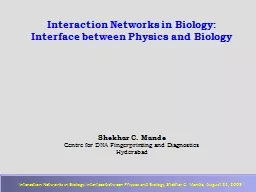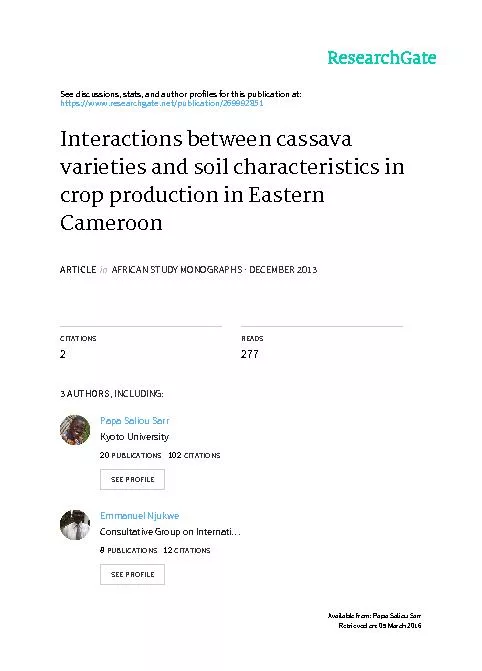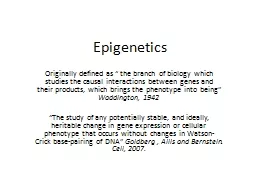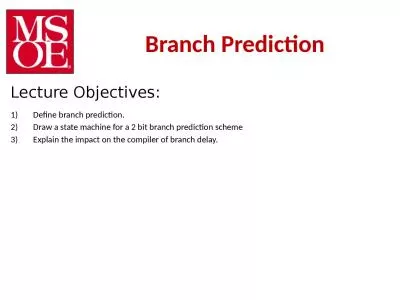PPT-Ecosystem Organization The branch of biology studying the relationships and interactions
Author : cecilia | Published Date : 2023-11-24
In order to study ecology scientists look at how organisms are related to one another and how they are related to the environment in which they live the ecosystem
Presentation Embed Code
Download Presentation
Download Presentation The PPT/PDF document "Ecosystem Organization The branch of bio..." is the property of its rightful owner. Permission is granted to download and print the materials on this website for personal, non-commercial use only, and to display it on your personal computer provided you do not modify the materials and that you retain all copyright notices contained in the materials. By downloading content from our website, you accept the terms of this agreement.
Ecosystem Organization The branch of biology studying the relationships and interactions: Transcript
Download Rules Of Document
"Ecosystem Organization The branch of biology studying the relationships and interactions"The content belongs to its owner. You may download and print it for personal use, without modification, and keep all copyright notices. By downloading, you agree to these terms.
Related Documents

